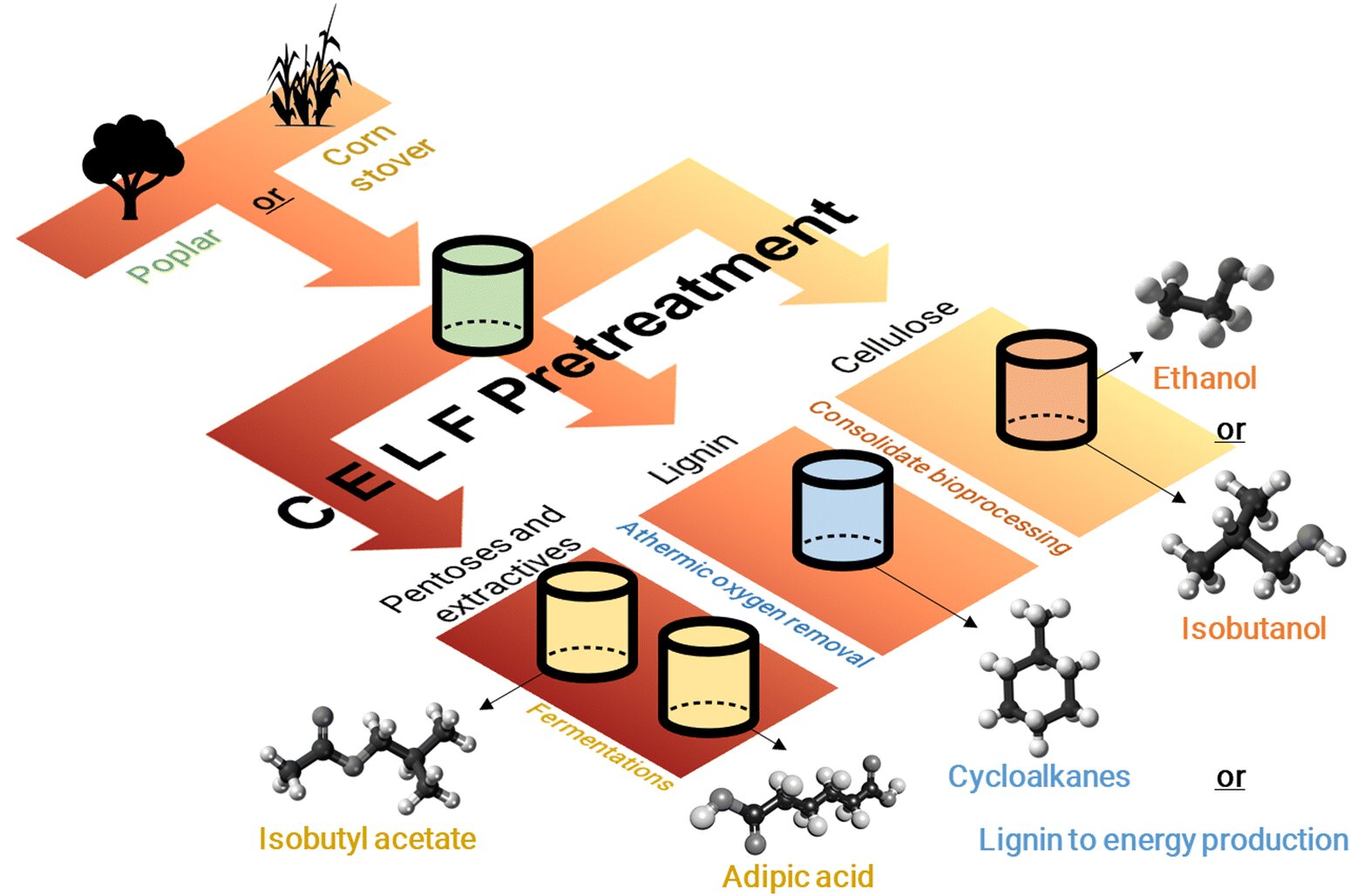Inexpensive, carbon-neutral biofuels are finally possible
Date: 7.2.2024
When it comes to making fuel from plants, the first step has always been the hardest – breaking down the plant matter. A new study finds that introducing a simple, renewable chemical to the pretreatment step can finally make next-generation biofuel production both cost-effective and carbon-neutral.
 For biofuels to compete with petroleum, biorefinery operations must be designed to better utilize lignin. Lignin is one of the main components of plant cell walls. It provides plants with greater structural integrity and resiliency from microbial attacks. However, these natural properties of lignin also make it difficult to extract and utilize from the plant matter, also known as biomass.
For biofuels to compete with petroleum, biorefinery operations must be designed to better utilize lignin. Lignin is one of the main components of plant cell walls. It provides plants with greater structural integrity and resiliency from microbial attacks. However, these natural properties of lignin also make it difficult to extract and utilize from the plant matter, also known as biomass.
"Lignin utilization is the gateway to making what you want out of biomass in the most economical and environmentally friendly way possible," said UC Riverside Associate Research Professor Charles Cai. "Designing a process that can better utilize both the lignin and sugars found in biomass is one of the most exciting technical challenges in this field."
To overcome the lignin hurdle, Cai invented CELF, which stands for co-solvent enhanced lignocellulosic fractionation. It is an innovative biomass pretreatment technology.
"CELF uses tetrahydrofuran or THF to supplement water and dilute acid during biomass pretreatment. It improves overall efficiency and adds lignin extraction capabilities," Cai said. "Best of all, THF itself can be made from biomass sugars."
Image source: Klein et al. (2024), Energy & Environmental Science.























